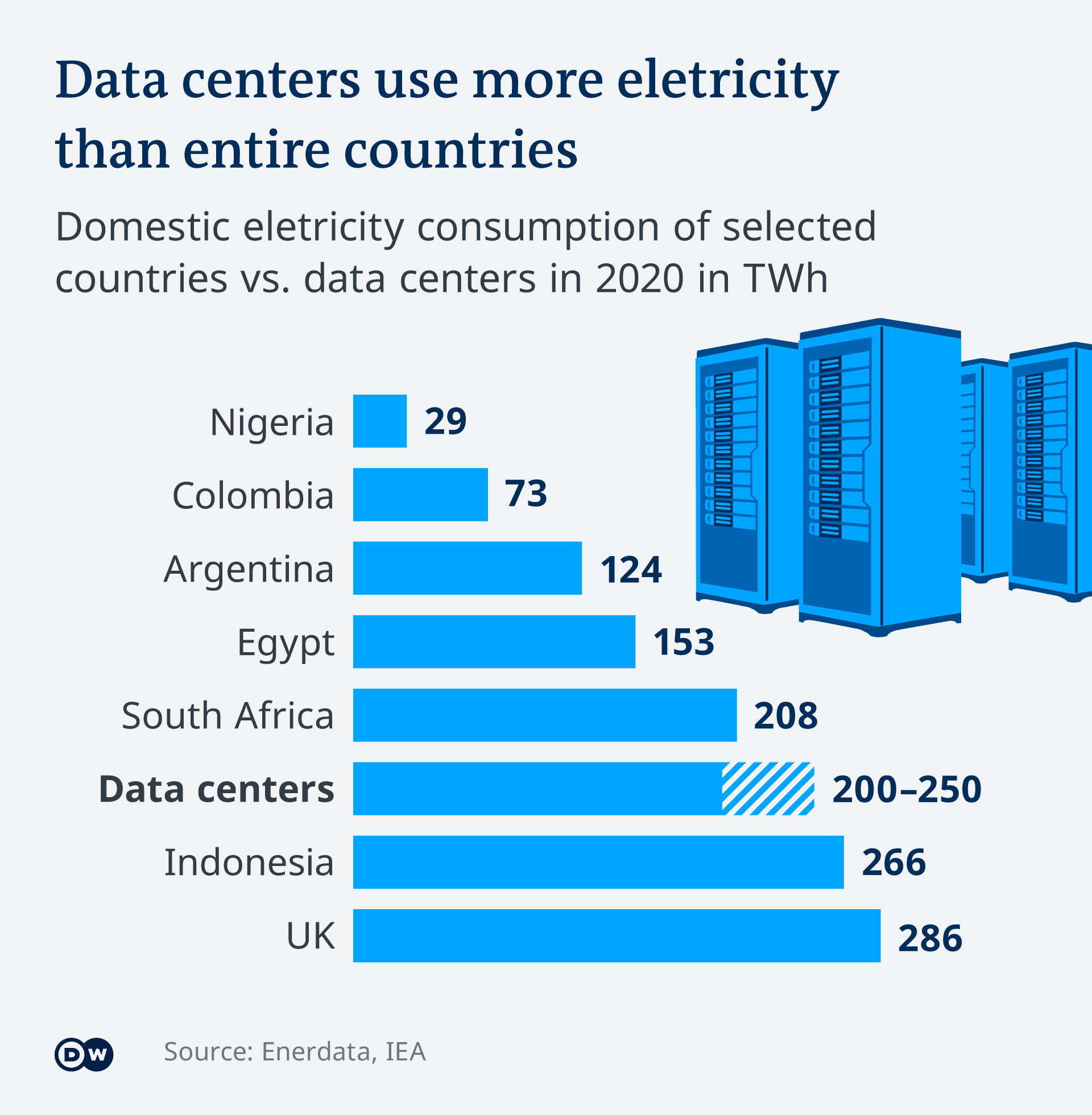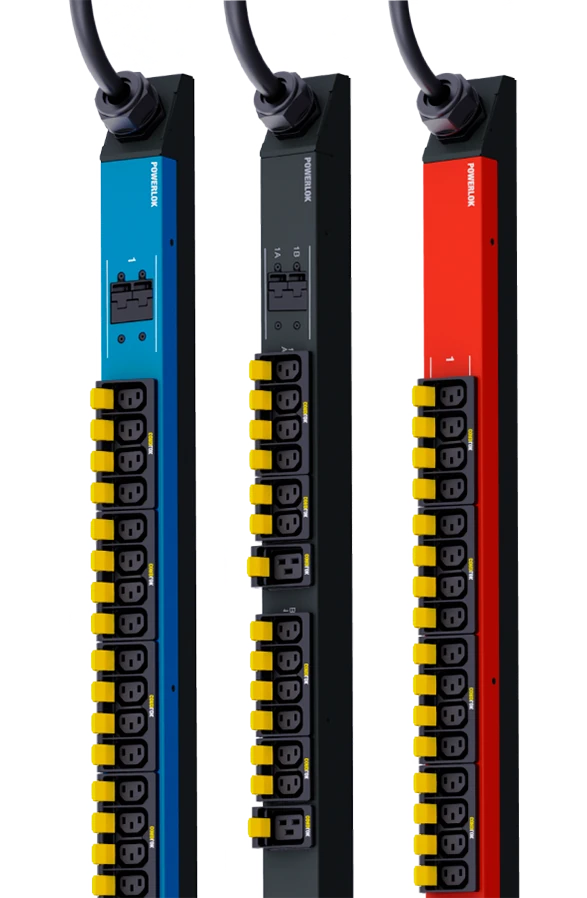[VIDEO] Data Center Power Consumption and the Hyperscale Shift13 min read

Spoiler alert: data centers use a lot of power. In fact, many experts estimate that data storage and transmission in and from data centers use 1% of global electricity. Surprisingly though, this share has hardly changed since 2010, even though the number of internet users has doubled and global internet traffic has increased 15-fold since, according to the International Energy Agency. Nonetheless, data center energy consumption is so vast that they even use more electricity than some entire countries (source):

And this is only going to increase as more and more data centers are being built. The good news, data centers are becoming more efficient, especially as more hyperscale data centers come online and inefficient legacy data centers fall by the wayside – a phenomenon commonly referred to as the hyperscale shift.
For more on how digital initiatives and modernization are impacting our industry, check out our recent webinar titled, How Modernization and New Digital Demands Have Impacted (and Changed) The Data Center.
Setting the standard for rack power reliability.

PowerLok® eliminates all mechanical connections, making it 270%
less likely to fail than rack PDUs with mechanical terminations.
Setting the standard for rack power reliability.
With automated soldering from line input to each receptacle,
PowerLok® eliminates all mechanical connections, making it 270%
less likely to fail than rack PDUs with mechanical terminations.
0 Comments